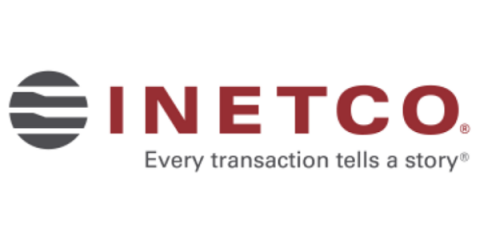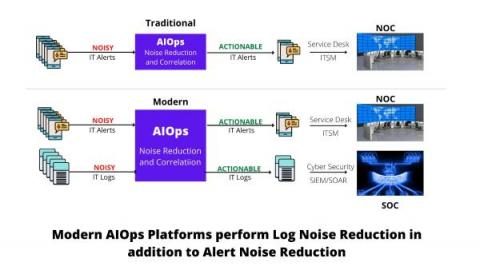TPS Worldwide and INETCO join hands to offer Real Time Fraud Detection and Prevention for their customers
INETCO® Systems Limited, a global leader in real-time payment fraud prevention, is pleased to announce that TPS, a leading provider of cards and payment solutions, has joined the INETCO ecosystem as a reseller. TPS powers digital payments for various commercial and central banks, telecoms, processors and financial institutions across the Middle East, South Asia, Africa and Europe.









